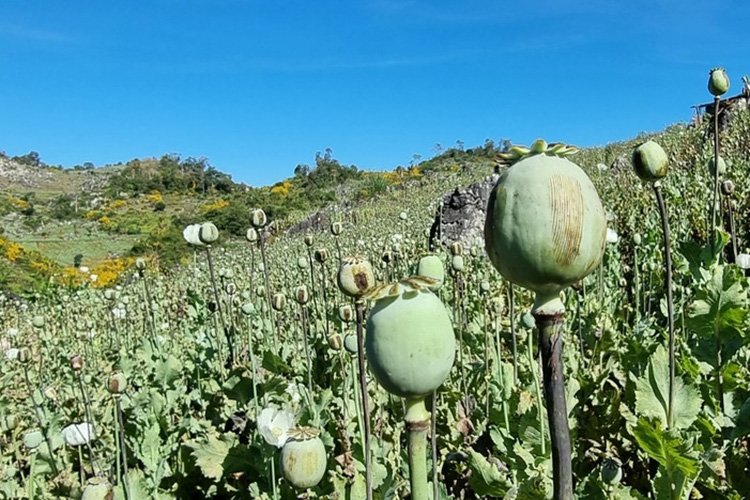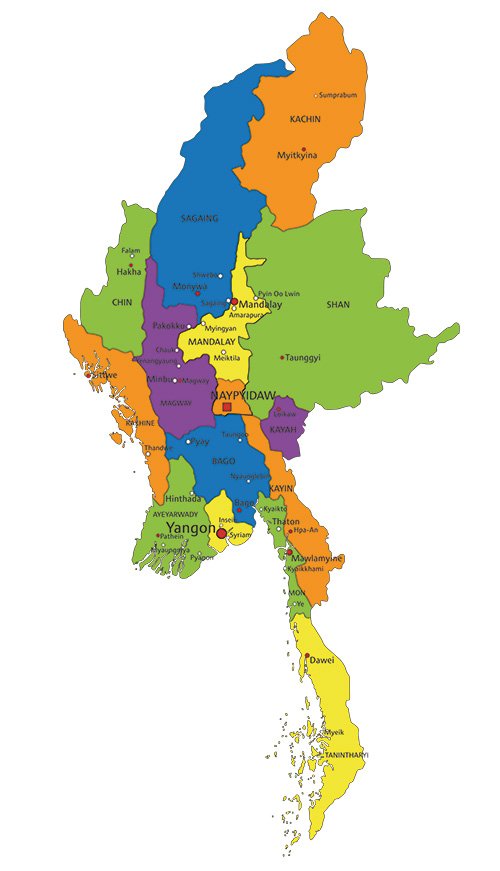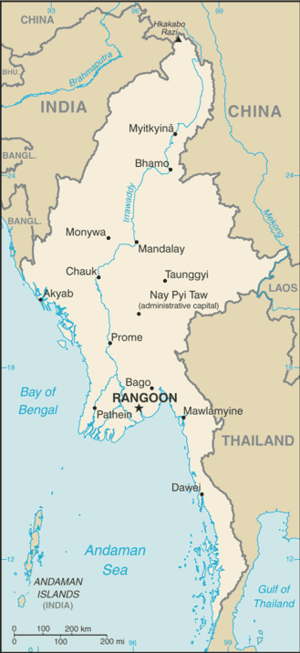Producer of opium, As conflict and instability spread throughout Myanmar and the economy came to a halt, the lucrative drug trade enticed farmers and funded the fighting.
Opium production has a long history in Myanmar, dating back to British colonial times. The majority of opium is produced in Shan State in eastern Myanmar, which is part of the infamous Golden Triangle, a remote and lawless region of Myanmar, Laos, and Thailand that has been a leading opium producer since the 1950s.

Myanmar became the world’s largest producer of opium.
Myanmar has become the world’s largest producer of opium, surpassing Afghanistan in 2023. The country produced an estimated 1,080 metric tonnes of opium this year, which is essential for producing heroin.
This is a 36% increase from the previous year, when Myanmar produced 790 metric tonnes of opium. The opium production in Afghanistan dropped by 95% after a drug ban by the ruling Taliban last year.
The “Golden Triangle” border region between Myanmar, Laos, and Thailand has long been a hotbed of illegal drug production and trafficking, particularly of methamphetamine and opium. The total estimated value of Myanmar’s “opiate economy” rose to between $1 billion and $2.4 billion. The expansion of opium cultivation is feeding a growing illicit economy in the Mekong region, bringing together high levels of synthetic drug production and drug trafficking.
Factors that make Myanmar the world’s largest producer of opium.
- The economic, security, and governance disruptions following the 2021 coup.
- The intensification of conflict in Shan and other border areas is expected to accelerate the trend.
- The rise in average prices of the opium flower reached about $355 per kilogram.
- The expansion of opium cultivation areas in Myanmar’s border regions, particularly in Shan State, where cultivation increased by 20%,.
The opium surge in Southeast Asia’s “Golden Triangle” region has contributed to the opium production increase.
The geography of Myanmar
Myanmar is a country located in Southeast Asia, bordered by Bangladesh and Thailand to the north and India and China to the south.

- It covers an area of about 676,578 sq km (260,000 sq mi).
- The country is divided into two regions: Lower Myanmar, which is the coastal region, and Upper Myanmar, which is the interior region.
- Myanmar is a land of hills and valleys, and it is also a land of mountains with ranges in the north, east, and west parts of the country.
- The three main mountain ranges are the Arakan Yoma Range, the Bago Yoma Range, and the Shan Plateau.
- The highest point in Myanmar is Hkakabo Razi, located in northern Myanmar, which rises to 5,881 meters (19,296 ft).
- The central lowlands attain a width of about 320km (about 200 miles) across the Ayarwaddy-Sittaung.
- The delta plains, which are extremely fertile and economically the most important section of the country, cover an area of about 46,620 sq. km. (18,000 sq. m.).)
- Myanmar has a total coastline of 1,384 mi (2,227 km) and has several islands and archipelagos
- The country has a tropical monsoon climate in the lowlands below 1,000 m (3,281 ft)
- Myanmar is home to a variety of natural resources, including jade, rubies, sapphires, petroleum, natural gas, gold, teak, tin, antimony, zinc, hydropower potential, copper, iron, and coal.
Major cities in Myanmar

- Yangon (Rangoon) is the largest city in Myanmar, with a population of approximately 4,477,638 people.
- Mandalay is the second-largest city, with a population of around 1,208,099 residents.
- Naypyidaw is the capital city, with a population of about 925,000 people.
- Mawlamyine: A significant city with a population of approximately 438,861 individuals.
- Other notable cities: Taunggyi, Monywa, Meiktila, Bago, Pathein, Sittwe, and Mergui.
These cities are important economic, cultural, and administrative centers in Myanmar, contributing to the country’s urban development and diversity.